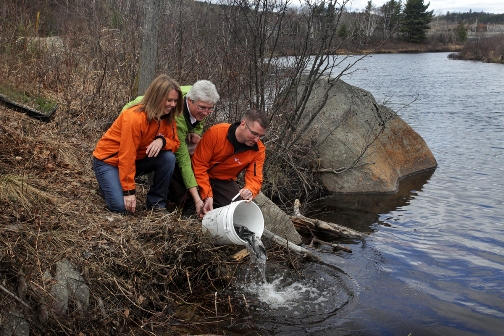http://sudburysteve.blogspot.ca/
Steve May is the CEO of the Sudbury Federal Green Party Association (Opinions expressed in this blog are my own, and should not be interpreted as being consistent with the views of the Green Party of Canada – Steve May)
Is it sensible that the Conservative Party, which has embraced cutting environmental regulations and environmental assessment processes in the name of economic growth, could ever be a threat to Canada’s resource sector? On first blush, it would seem highly improbable that would be the case, but keep in mind that for the Conservative Party, not all natural resource sectors are created equally.
The Conservative Party’s policies significantly favour Canada’s fossil fuels sector over all other resource sectors. In fact, Conservative policies will actually jeopardize the important success of Canadian miners over the medium and long term. And it all has to do with carbon pricing (well, maybe not “all”, as I can’t help but recall the uneven and apparently arbitrary application of the “net benefit” provisions of the Investment Canada Act in the Potash Corp. matter a few years back).
Although the Conservative Party of Canada is not in any way, shape or form considering putting a price on greenhouse gas emissions, the fact of the matter is that it’s the only national political party in Canada which is opposed to carbon pricing.

























